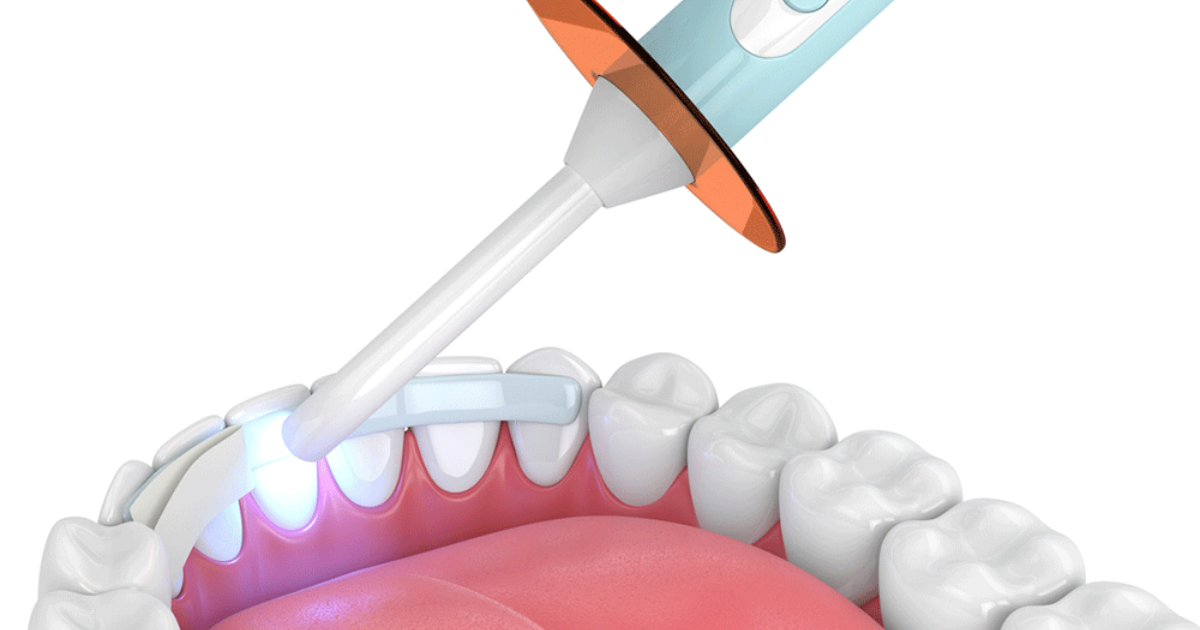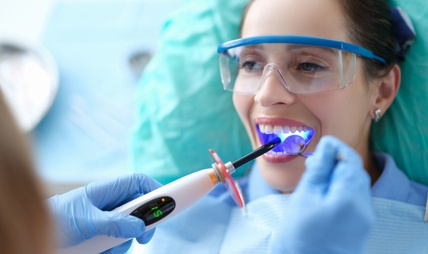8092 Edwin Raynor Blvd # D, Pasadena, MD 21122

Cracked teeth can throw a wrench in your smile and confidence. Whether from an accidental bite or gradual wear, a cracked tooth needs quick action.
But what’s the best solution for repairing it?
Enter dental bonding, a top choice that’s both effective and affordable. This simple yet powerful treatment can restore the strength and appearance of your cracked teeth, helping you smile with confidence again.
Dental bonding offers a fast fix with remarkable results. It’s a non-invasive procedure that not only repairs the damage but also enhances the look of your teeth.
Curious about how dental bonding stacks up against other repair options?
Let’s explore why this treatment could be your best bet for a stunning, functional smile.
What Is Dental Bonding?
Dental bonding is a popular cosmetic procedure used to repair cracked or chipped teeth. The process involves applying a tooth-colored resin to the damaged area, which is then shaped and hardened to blend seamlessly with the rest of your tooth. This method is often chosen for its simplicity and effectiveness.
Why Choose Dental Bonding?
- Quick and Convenient: Dental bonding can typically be completed in a single visit, making it a convenient option for busy schedules.
- Minimal Preparation: Unlike crowns or veneers, bonding requires minimal removal of tooth structure.
- Cost-Effective: Bonding is often more affordable than other cosmetic procedures.
This approach is perfect for those who want immediate results with minimal hassle. If you’re considering dental bonding in Pasadena, MD, consult with a local expert to see if it’s the right choice for your needs.
The Benefits of Dental Bonding
Dental bonding offers several advantages over other restorative options. Here’s why it might be the best choice for you:
- Aesthetic Appeal: The resin used in bonding can be customized to match the color of your natural teeth, ensuring a seamless look.
- Strength and Durability: Once hardened, the resin provides a strong and durable repair that can withstand everyday use.
- Versatility: Bonding can address a range of issues, from minor cracks to gaps between teeth.
These benefits make dental bonding a versatile and effective solution for many dental problems. Its ability to restore both function and appearance quickly is a significant advantage.
Comparison with Other Repair Options
While dental bonding is a popular choice, it’s essential to compare it with other repair methods. Here’s how bonding stacks up against alternatives:
- Crowns: Crowns offer more extensive coverage but require more tooth removal and a longer treatment time.
- Veneers: Veneers provide a similar aesthetic result but often come with a higher cost and more extensive preparation.
- Fillings: Traditional fillings can be used for minor cracks but may not blend as well with the surrounding tooth structure.
Each option has its pros and cons. Discussing these with your dentist can help you make an informed decision about the best approach for your situation.
The Procedure for Dental Bonding
Understanding the bonding process can help you feel more prepared for the treatment. Here’s what to expect:
- Consultation: Your dentist will evaluate the damage and discuss your options.
- Preparation: The tooth is cleaned, and a rough surface is prepared for better resin adhesion.
- Application: The resin is applied, shaped, and smoothed to match your tooth’s natural contours.
- Curing: A special light is used to harden the resin, locking it into place.
- Polishing: The bonded tooth is polished to a natural shine.
The procedure is straightforward and usually completed in one visit, making it a practical choice for many patients.
Aftercare and Maintenance
Proper aftercare ensures that your dental bonding lasts as long as possible. Here are some tips:
- Avoid Staining Foods: Reduce consumption of coffee, tea, and red wine to prevent discoloration.
- Good Oral Hygiene: Brush and floss regularly to maintain oral health and the appearance of the bonded tooth.
- Regular Check-ups: Schedule regular visits with your dentist to monitor the condition of the bonding and address any issues promptly.
Following these guidelines helps keep your bonding in excellent shape and extends its lifespan.
Why Dental Bonding Is Ideal for Cracked Teeth
Cracked teeth can be both unsightly and uncomfortable. Bonding offers a solution that addresses both concerns effectively:
- Restores Function: Bonding repairs cracks, allowing you to bite and chew comfortably.
- Enhances Appearance: The resin blends with your natural teeth, improving your smile’s look.
- Non-Invasive: Unlike more invasive procedures, bonding requires little to no alteration of your existing tooth structure.
Dental bonding stands out as an excellent solution for repairing cracked teeth. It offers a quick, cost-effective, and aesthetically pleasing fix with minimal preparation. Whether you’re dealing with minor cracks or need a versatile restoration, bonding provides both functionality and a natural look. Consult with your local dental professional to see if dental bonding is the right choice for you and experience the benefits of this effective treatment firsthand.
New Patients & Emergency
Appointments Welcome!
New Patients & Emergency
Appointments Welcome!


